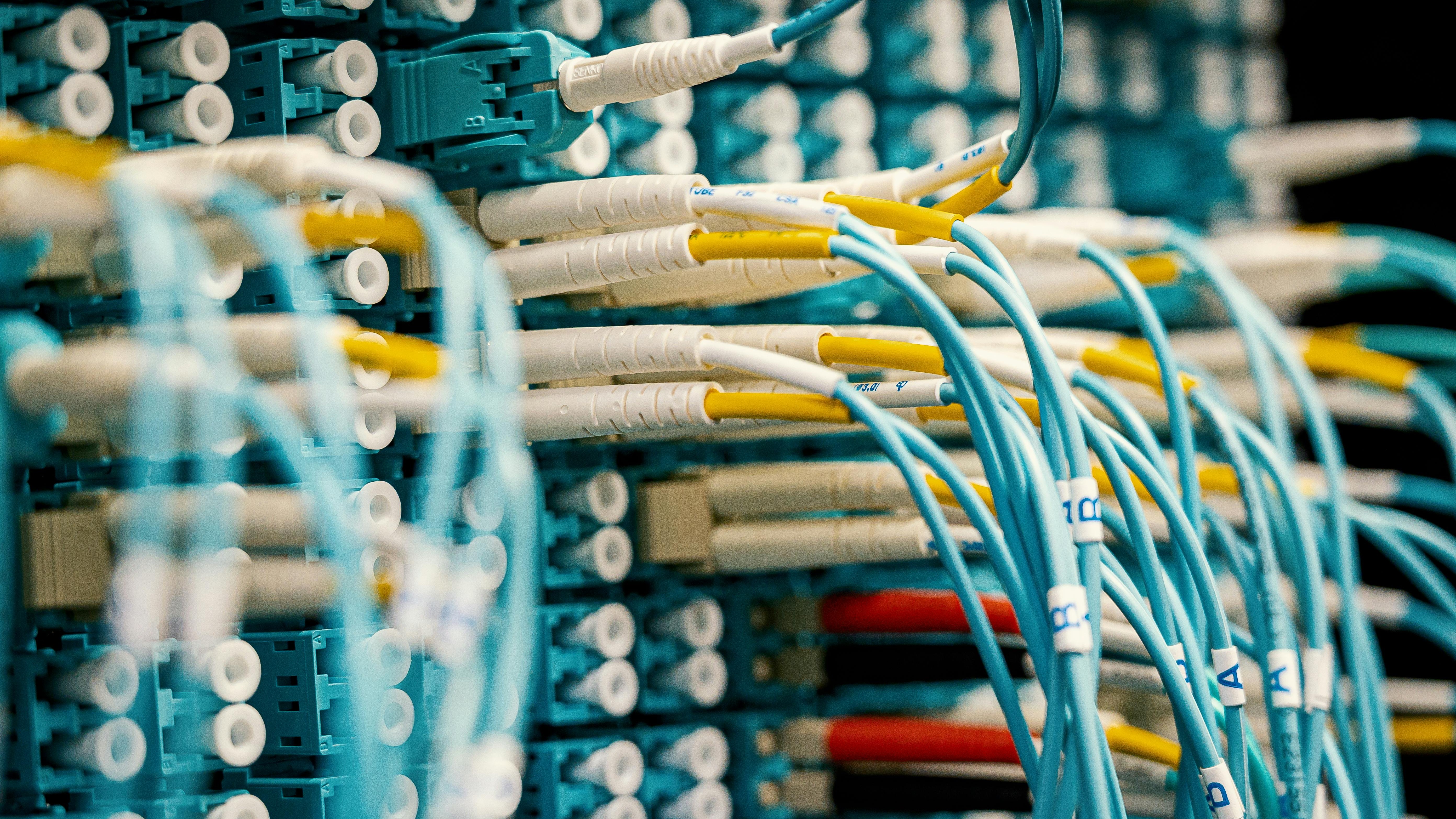
Understanding Satellite Internet: A Unique Connectivity Solution
When considering internet options, many focus on speed and reliability. Yet, satellite internet continues to gain traction, especially in rural areas where other forms of connectivity are scarce. This unique form of internet access is celebrated for its widespread availability across all 50 states, making it a vital lifeline for communities often left behind by traditional cable and fiber services.
How Does Satellite Internet Work?
At its core, satellite internet technology involves a simple yet effective mechanism. Users are required to install a satellite dish outside their homes to establish a connection with satellites orbiting the Earth. This setup allows for the transmission of data through radio waves, offering an internet service that bypasses the need for ground-based infrastructure.
The dish must maintain a clear line of sight to the satellite, which is crucial for capturing signals effectively. Once the signal is received, a modem converts it into a usable internet connection for various devices in the home. Thus, with minimal hardware requirements and no reliance on cables, satellite internet can serve remote areas that lack robust infrastructure.
Benefits of Satellite Internet
One primary advantage of satellite internet is its ability to provide service in regions where traditional broadband options fail. ISPs often struggle to deploy cable or fiber lines in sparsely populated areas, primarily due to the high costs associated with extended ground coverage. Satellite technology eliminates these barriers, allowing for a connection regardless of geographical challenges.
Moreover, satellite internet has been significantly improved by modern providers like Starlink, which boasts a constellation of over 7,000 satellites, increasing speed and reliability compared to earlier technologies that often experienced high latency and limited bandwidth.
What to Consider Before Signing Up
While satellite internet is advantageous, there are several factors to bear in mind. Despite advancements, it typically offers lower speeds compared to cable or fiber connections. Customers may also encounter data caps or higher monthly fees, which can limit accessibility for some households.
It’s also important to note that performance can fluctuate based on weather conditions, as heavy rain or snow can disrupt service. As a prospective user, understanding these limitations can help in setting realistic expectations about internet performance.
Future Trends in Satellite Internet Connectivity
As demands for high-speed internet continue to grow, the satellite internet landscape is poised for evolution. Companies are actively investing in technology enhancements that aim to deliver faster and more reliable connections, which could revolutionize rural internet access even further. Innovations in satellite positioning, ground technology, and data management will likely play key roles in this transformation.
Conclusion: Is Satellite Internet Right for You?
Ultimately, satellite internet presents a compelling solution for those lacking other options. Its ability to deliver connectivity in remote locations cannot be overstated, making it a practical choice for countless households. However, potential users should weigh the pros and cons carefully before committing to a service provider.
As the technology evolves, renters and homeowners alike should stay informed about their options and be ready to explore emerging providers and advancements that could further enhance their internet experiences. Investigating the best internet plans and keeping abreast of developments in this area will empower consumers to make decisions that best suit their connectivity needs. Whether satellite internet is a worthwhile choice depends on individual circumstances and expectations.
 Add Row
Add Row  Add
Add 




Write A Comment